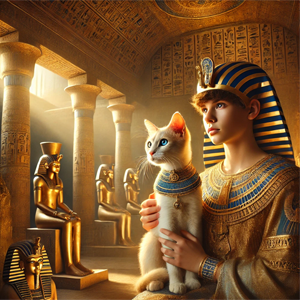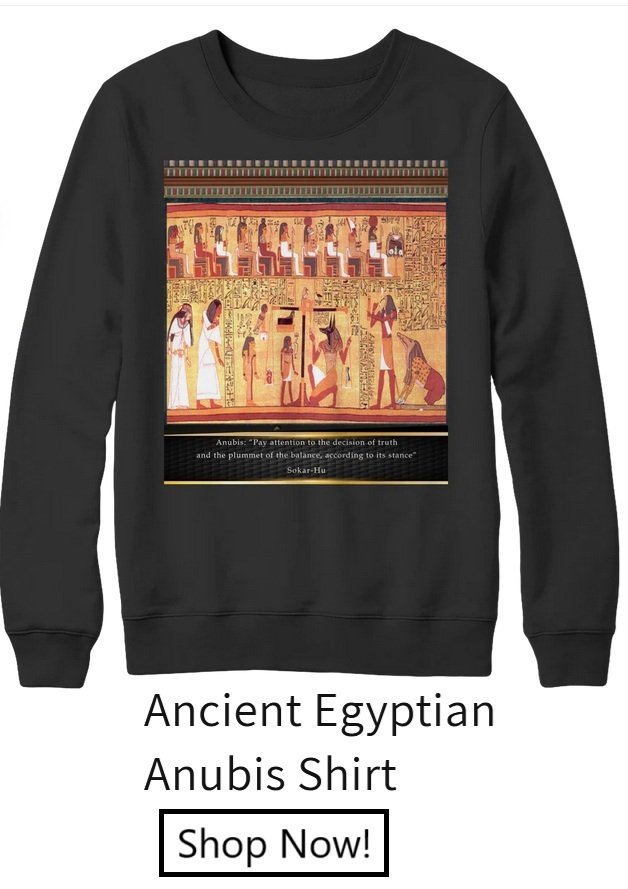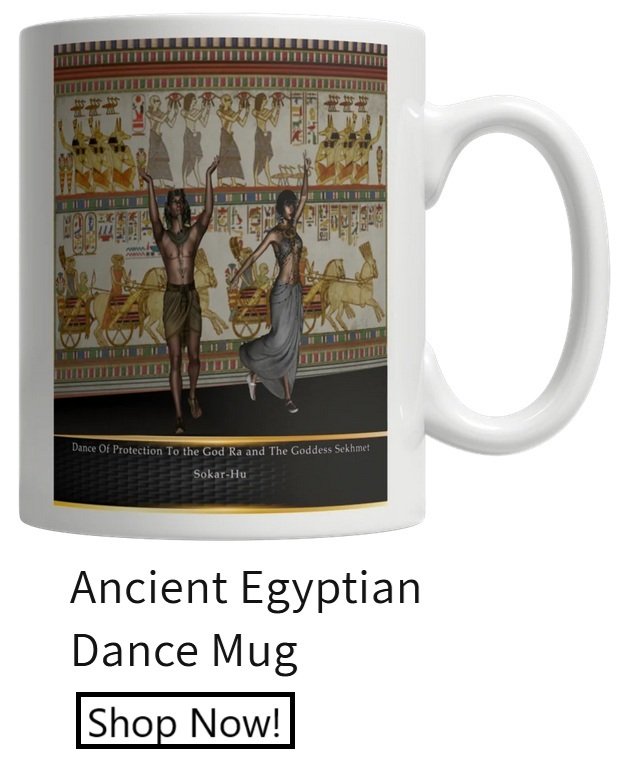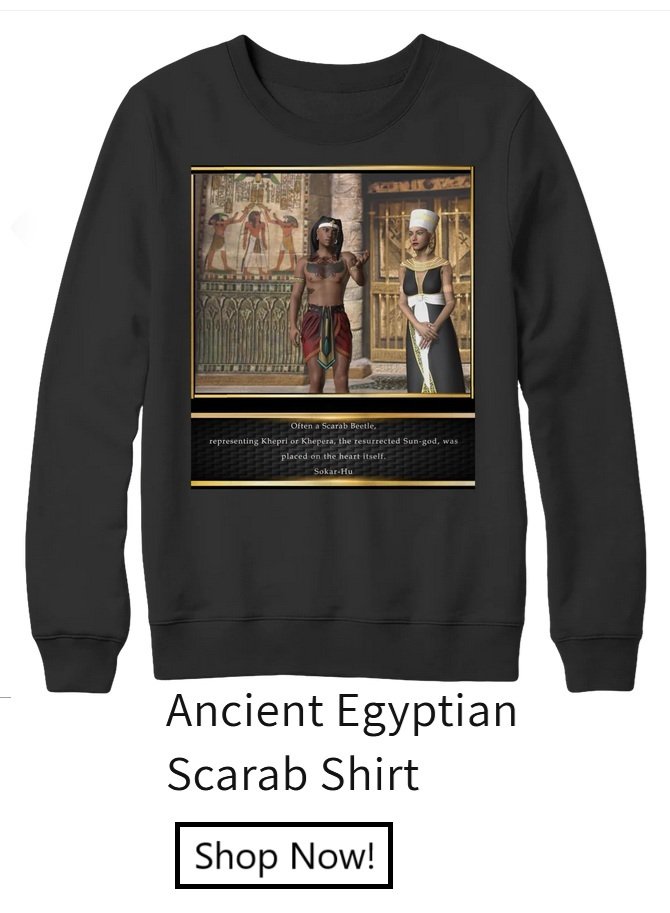 In the heart of ancient Egypt, under the rule of the young and enigmatic King Tutankhamun, the people worshipped many gods, but few were as revered or as feared as Sekhmet, the lioness-headed goddess of war, healing, and fierce protection. Known as “the Powerful One,” Sekhmet commanded both loyalty and awe, and her influence ran so deep that even her sacred animal, the feline, became a symbol of divine guardianship.
In the heart of ancient Egypt, under the rule of the young and enigmatic King Tutankhamun, the people worshipped many gods, but few were as revered or as feared as Sekhmet, the lioness-headed goddess of war, healing, and fierce protection. Known as “the Powerful One,” Sekhmet commanded both loyalty and awe, and her influence ran so deep that even her sacred animal, the feline, became a symbol of divine guardianship.
This is the tale of how Sekhmet’s spirit of strength and protection transformed cats from household pets into sacred guardians, woven with the fate of the kingdom and the rule of the boy king.
A Gift from the Goddess
In the quiet village of Waset, not far from the sprawling capital of Thebes, there lived a young girl named Merit. Her family, like most in Egypt, held Sekhmet in high regard. They believed the goddess watched over them, keeping illness and misfortune at bay. Merit’s father, a humble scribe in one of the temples, would tell her stories of Sekhmet’s bravery, how she defended Ra, the sun god, and how her fierce presence could drive away the forces of chaos.
One evening, Merit found a small, thin kitten outside her door, mewling with hunger. Its golden fur glistened in the fading sunlight, and its eyes sparkled like two tiny suns. She took the kitten in, feeling an inexplicable connection, as though the goddess herself had placed the creature in her care. She named it Ra-mes, meaning “Born of Ra,” and from that day forward, Ra-mes was never far from Merit’s side.
In time, Ra-mes grew into a proud, graceful cat with an uncanny ability to detect danger. One night, as a snake slithered into the house, Ra-mes leapt into action, driving the creature away and protecting the family. Word of Ra-mes’ bravery spread through the village, and soon, people began to see him as a small manifestation of Sekhmet’s protective spirit.
The Cat and the Court
Meanwhile, in the royal palace, King Tutankhamun was learning the complexities of ruling a kingdom. Though he was young, his advisors were determined to teach him the ways of the gods and the importance of divine favor. Tutankhamun had been raised in a time of turmoil; his father, Akhenaten, had angered many by focusing solely on the sun god Aten and neglecting the traditional gods of Egypt. Now, under Tutankhamun’s reign, the people’s faith in these ancient deities was being restored, and Sekhmet’s power was embraced once more.
It was customary for the Pharaoh’s palace to keep sacred animals, particularly those that embodied the qualities of Sekhmet. When one of Tutankhamun’s advisors learned of Ra-mes, the fierce guardian cat of Waset, he arranged to have Merit and her family visit the palace with their remarkable feline. When they arrived, Ra-mes behaved with regal composure, calmly surveying the vast halls and lush gardens of the palace as though he belonged there. His graceful movements and piercing eyes captivated the young king, who felt a powerful presence radiating from the cat.
Tutankhamun, moved by the story of Ra-mes, decided that he, too, would honor Sekhmet by keeping cats within the palace grounds. He believed that these creatures, so closely tied to Sekhmet, would bring her protection and strength to his court, keeping him safe from harm and illness. Soon, cats began to roam freely within the palace, their presence a tribute to Sekhmet and a symbol of the divine protection she offered to the young Pharaoh.
The Spread of Feline Reverence
News of Tutankhamun’s devotion to Sekhmet’s sacred animals spread quickly throughout Egypt. Cats were already admired for their hunting prowess, especially for keeping rodent populations in check, but under King Tut’s influence, they became even more revered. Families began to adopt cats, seeing them as protectors who brought Sekhmet’s blessings into their homes.
In temples dedicated to Sekhmet, priests encouraged the people to honor these sacred creatures. Some temples even established sanctuaries for cats, where they were fed, cared for, and treated with respect. The cats, it was said, carried a piece of Sekhmet’s spirit, embodying her watchful gaze and fierce guardianship. Statues and paintings of Sekhmet began to include smaller feline figures at her feet, illustrating her connection to both lions and domestic cats.
To have a cat in one’s household became a sign of honor, a connection to Sekhmet herself. Families would leave offerings for their cats, adorning them with small collars and even burying them with ceremony. They believed that by treating these animals with reverence, they would earn Sekhmet’s favor and be protected from illness, misfortune, and even invasion.
A Sacred Bond
In one particularly moving tale, an elderly woman named Ankhsenpepi, who lived near the palace, told her children that her cat, Huni, had saved her from a fever. When Ankhsenpepi was weak and ill, Huni refused to leave her side, keeping watch day and night. Eventually, she recovered, attributing her survival to the protection of Sekhmet’s spirit within Huni. From then on, Huni was treated with special care, wearing a small pendant shaped like a lioness to signify his connection to Sekhmet.
As the story of Ankhsenpepi and Huni spread, Egyptians began to see their cats as spiritual guardians, creatures that did more than protect their homes from pests; they protected the very health and spirit of the family. In time, killing a cat, even by accident, became one of the gravest offenses, punishable by law. To harm a cat was to defy Sekhmet herself.
Sekhmet’s Enduring Influence
Tutankhamun’s reign may have been short-lived, but the cultural reverence for cats, inspired by his devotion to Sekhmet, continued long after his passing. In temples and homes across Egypt, cats remained sacred protectors, believed to guard against both earthly and spiritual dangers. Sekhmet’s influence extended beyond her temples and statues; it reached into the hearts of the people, manifesting in the animals they cherished and protected.
The power of Sekhmet transformed cats from mere companions into symbols of divine guardianship, each feline embodying a piece of the goddess’s spirit. For the ancient Egyptians, the bond with their cats was more than companionship—it was a sacred connection to one of their most powerful and revered deities, a reminder that they were always under Sekhmet’s watchful gaze, whether in times of peace or peril.
In this way, the legacy of Sekhmet and the sacred cats of King Tutankhamun’s time endured, a timeless bond between humans, the divine, and their loyal, watchful guardians.




 In the heart of ancient Egypt, under the rule of the young and enigmatic King Tutankhamun, the people worshipped many gods, but few were as revered or as feared as Sekhmet, the lioness-headed goddess of war, healing, and fierce protection. Known as “the Powerful One,” Sekhmet commanded both loyalty and awe, and her influence ran so deep that even her sacred animal, the feline, became a symbol of divine guardianship.
In the heart of ancient Egypt, under the rule of the young and enigmatic King Tutankhamun, the people worshipped many gods, but few were as revered or as feared as Sekhmet, the lioness-headed goddess of war, healing, and fierce protection. Known as “the Powerful One,” Sekhmet commanded both loyalty and awe, and her influence ran so deep that even her sacred animal, the feline, became a symbol of divine guardianship.